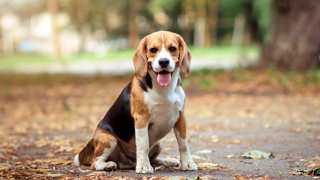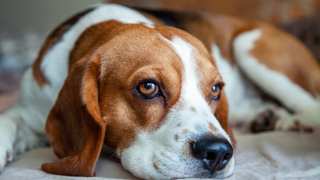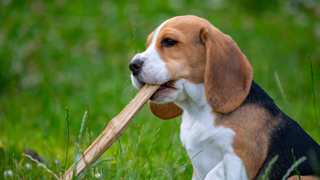There have been many variations of the Beagle since the breed's informal establishment, and nearly all of them no longer exist.
The Pocket Beagles were the first variety. They were very popular among British royalty in the mid-1800s. These miniature dogs were sometimes so small as to be able to fit in the pockets of royals. These dogs were also used by hunters as they could be let loose when a scent was found or game spotted. This tiny varietal is no longer around, but there are people who advertise them for sale under the name teacup, toy, micro, etc. Most dog breeders and lovers will argue that such puppies are actually runts, dwarfs, or hybrids, however.
By the middle of the 19th century, there were four varieties: the Dwarf (or Lapdog) Beagle, Fox Beagle, Medium Beagle, and rough-coated/terrier Beagle. It may have been that most of these kinds died out a few decades later, in the 1880s, because Fox Hounds and other faster, more popular scent hounds replaced Beagles.
These days, you may hear mention of the English variety and the American variety. You might have also read about the Patch Hound, which is a famous strain based on a bloodline and which is not really a variation. There is sometimes a mention of the short-legged Beagle, but these are not purebred dogs.
The AKC recognizes only two varieties, and they define them by size: the 13-inch Beagle and the 15-inch Beagle. The first one is for all Beagle Hounds less than 13 inches high, and the second one is for those that stand between 13 to 15 inches high. Although there are Beagles that stand taller, they are not a separate variety despite some folks' insistence that they are a super, king, or giant variation.






















